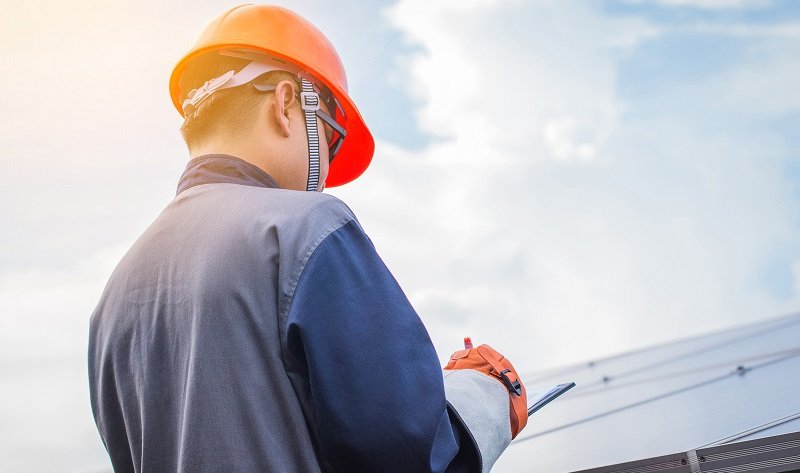- By admin
- 0 Comment
When you call a San Antonio roofing inspector out to look things over at your home or business, there are several things they will be looking for.
And there can be no shortcuts!
The roof in your San Antonio home is the first line of defense against extreme weather, thus it’s important to make a professional roof inspection an annual occurrence.
If you place blind faith in your roof and neglect it until the first sign of a problem appears, you could already be facing much more serious repairs than a simple patch job. So spare yourself from future headaches by having a roof inspection San Antonio team inspect it on a regular basis.
San Antonio roofing inspectors look for leaks in your roof, of course, but other areas he or she will be checking for include wear and tear, wind damage and any problems with your shingles.
Roof Inspection San Antonio: Checklist from Professional Inspectors
The inspection will normally be broken up into four areas, and we’ll discuss each one in detail below:
Structural Inspection
When the roof inspector begins looking over your roof, one of the first things they will be looking for is related to possible structural damage. This includes things like uneven roof planes, signs of sagging, problems with the gutters and any potential damage around your chimney.
The inspector from the roof inspection San Antonio team may also look at the venting in your attic, as this can lead to heat and moisture buildup. It can also reduce the lifespan of your roof and increase the risk of ice dams forming along the edges.
Material Inspection
This part of the roof inspection consists of looking if it’s tile, loose, missing or curling shingles, as well as any moss or rust and missing flashing.
The inspector will also check the rubber boots and seals around the vent pipes to see if there are any gaps or deterioration present.
Interior Inspection
Particularly if there are roof leaks present during an inspection, the team will check your interior ceilings, as well as the attic and interior walls for any water stains.
There could also be mold, rot and other indications that water is making its way into your home. In this case, it will almost certainly lead to further damage if not addressed right away.
Workmanship Inspection
In addition to all of the items listed above, the final thing a roofing inspector will likely look for involves any problems with workmanship, that is issues that could have arisen due to a shoddy job being done when certain elements of your roof were installed or later repaired.
Common areas to check in this portion of the inspection include vent pipes, skylights, chimneys, and flashing. But really anything on the roof could qualify, as everything was originally installed by a human being.
Ask For A Written Report from A Roofing Inspector
This will likely be given to you anyway. But just in case, make sure you always receive a detailed report about the overall condition of your roof and any recommendations that the inspector has made following the completion of his or her work.
Be sure to get a roofing repair specialist as soon as possible because you never know when the next big storm could hit your area.

